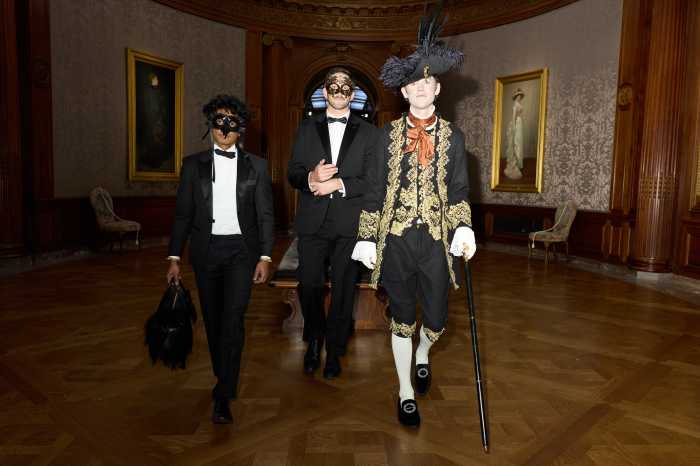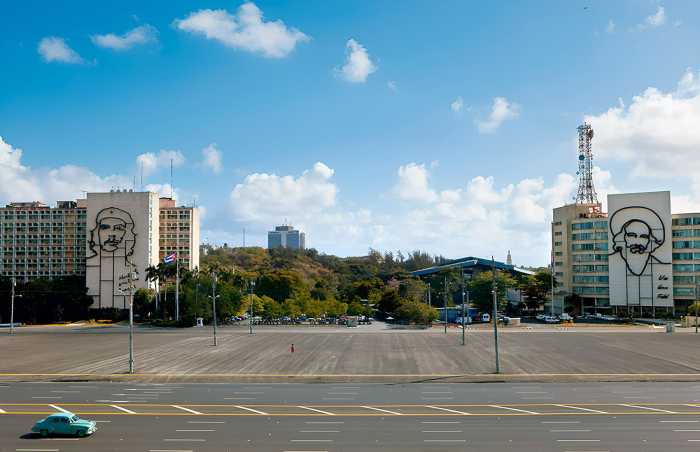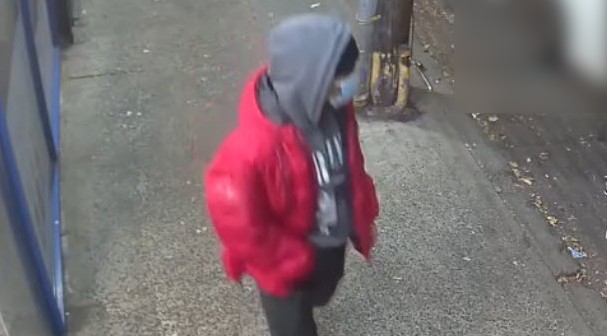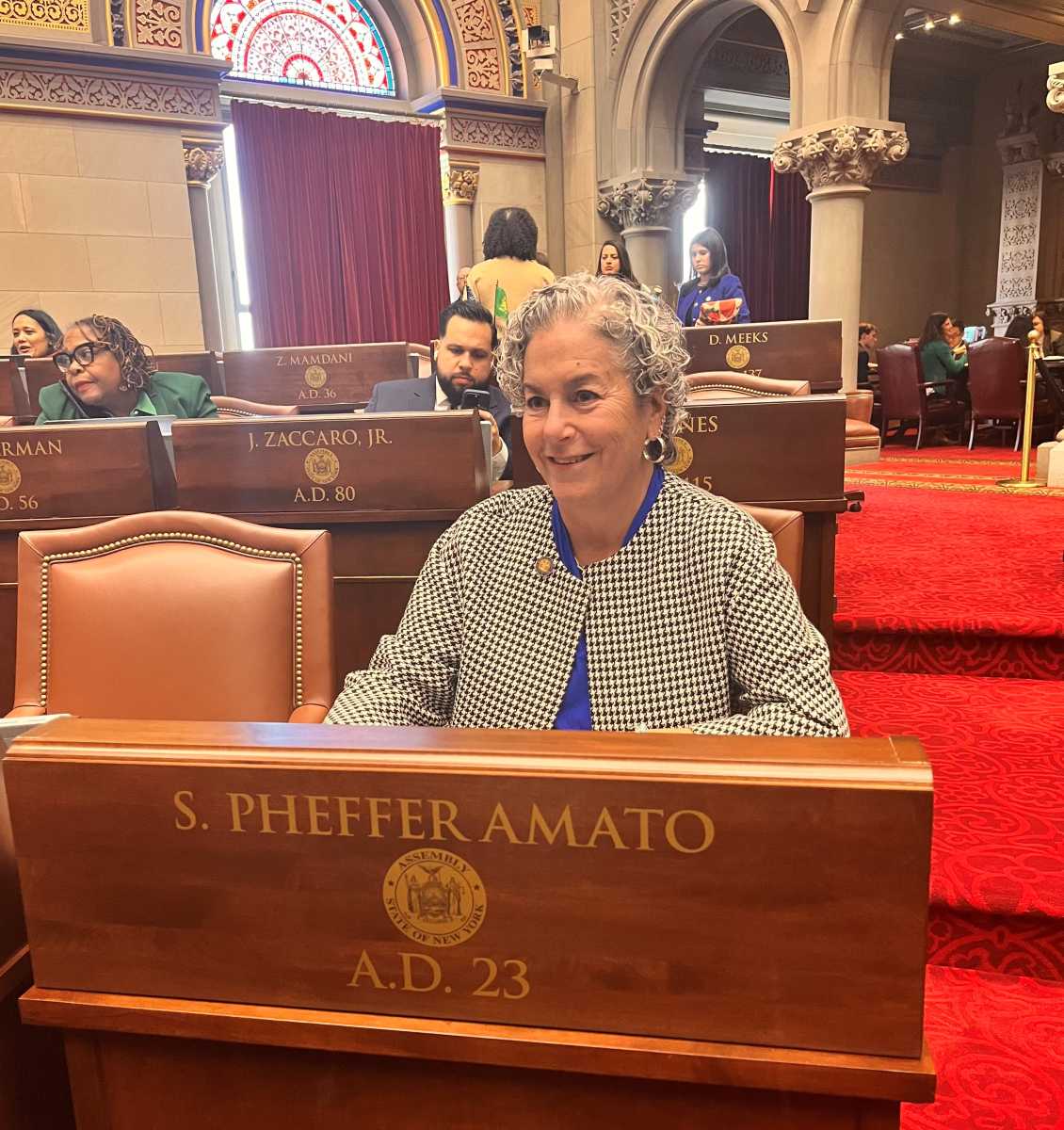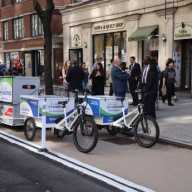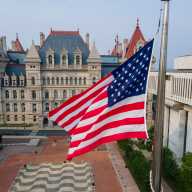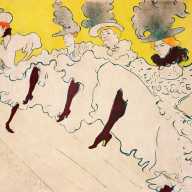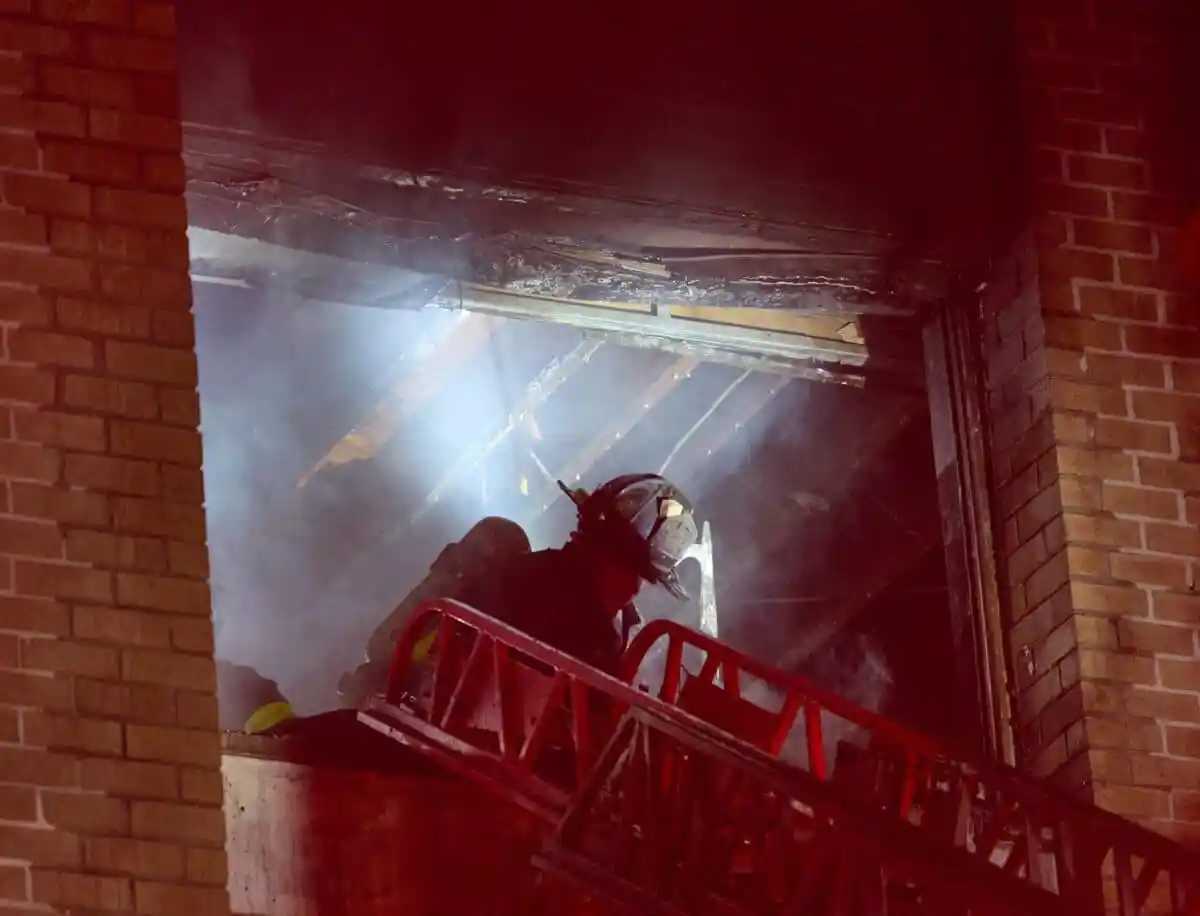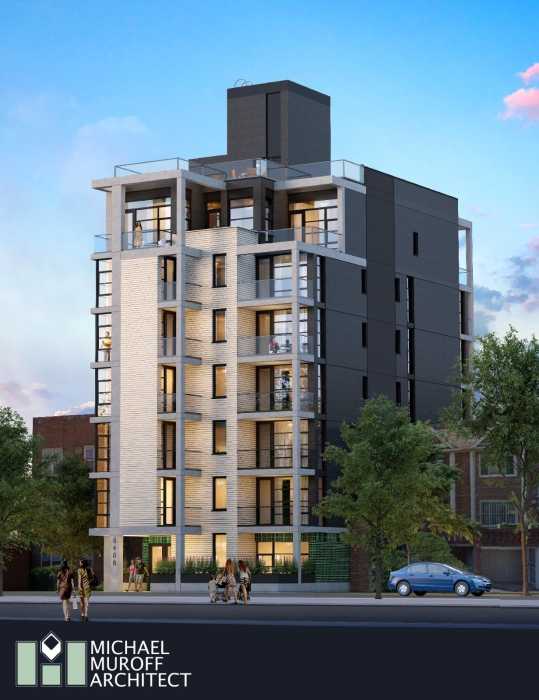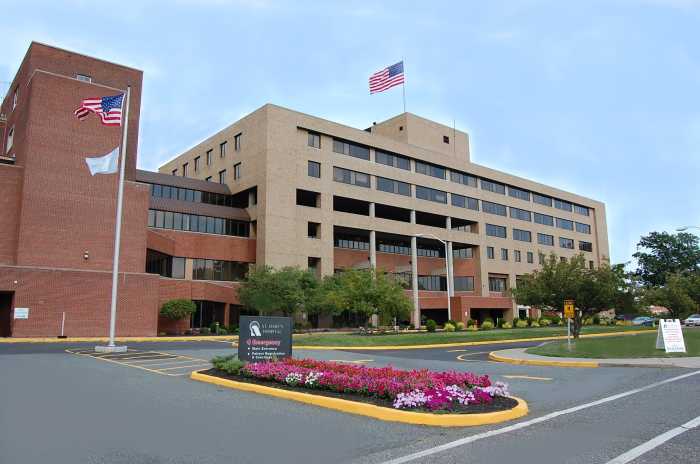By Albert Amateau
Community Board 2 presented 20 pages of concerns at the Department of City Planning’s Tuesday hearing on the redevelopment of the St. Vincent’s Hospital campus.
The project is the largest ever proposed in the Greenwich Village Historic District. At the same time, New York University is proposing an even larger project for the redevelopment of its two superblocks, just south of the historic district, over the next 19 years.
Rudin Management’s plan for the St. Vincent’s project involves residential conversion of seven buildings, plus a new 203-foot-tall tower and five rowhouses. The project would result in the addition of up to 450 luxury condos on the east side of Seventh Ave. between 11th and 12th Sts.
The plan also calls for the conversion of the former hospital’s O’Toole building on the avenue’s west side into a free-standing emergency department and comprehensive community health center run by North Shore-Long Island Jewish Hospital to replace the bankrupt St. Vincent’s.
Nevertheless, C.B. 2 urged City Planning to see if any entity could finance and operate a full-service hospital instead of the health center that North Shore-L.I.J. plans. The board said the Rudin/North Shore environmental review should consider the impact of the closing of St. Vincent’s last year on community health needs.
In addition, the plan calls for the creation of a 7,300-square-foot community park in the triangle across W. 12th St. from the O’Toole building. The triangle also accommodates the materials-handling facility that formerly served St. Vincent’s and is proposed to serve the North Shore-L.I.J. health center. The community board is asking City Planning to consider eliminating materials handling from the triangle and enlarging the community park to 15,000 square feet.
The board was also concerned about the lack of affordable housing and called for the project review to study how the addition of 450 market-rate apartments would impact on the neighborhood’s socioeconomic diversity.
School needs are also a concern. The board said the project’s draft scope for the review estimated that 80 elementary school, 27 middle school and 40 high school students would be added as a result of the new apartments.
“Community Board 2 thinks this projection is far too low,” the board said in its City Planning submission on Tuesday. The board is developing an educational-needs assessment to give more precise numbers.
For the past three years both local elementary schools, P.S. 41 and P.S. 3, have had wait lists for kindergarten, and there are no middle schools or high schools in the area, the board said.
The project study area has a radius of a quarter-mile for the land-use, socioeconomic, historic resources and urban design review, and a radius of a half-mile for the review for schools and open space.
But C.B. 2 said the impact of the large-scale project would extend far beyond those boundaries.
“We request the Department of City Planning to expand the study area boundary to include all or most of the Greenwich Village Historic District,” the board submission says.
Rudin expects the project to be completed in four years — the emergency room/health center in 2014, along with the conversion of the triangle into a public space, and the residential side in 2015. The community board, however, said the estimates are unrealistic and do not allow for “inevitable delays.”
The board is also worried that the project construction period would coincide with the Metropolitan Transportation Authority’s emergency fan plant at Mulry Square at the intersections of Greenwich Ave. and W. 11 St. on the east side of Seventh Ave. South, just south of the St. Vincent’s campus.
The N.Y.U. 2031 project, The New School project at 65 Fifth Ave., the new Whitney Museum project at Washington and Gansevoort Sts., the city’s water tunnel project on Hudson St., the condo conversion of the former Greenwich Village Nursing Home at Hudson and W. 12th Sts., the new GEM Hotel project at 52 W. 13th St., and the proposed natural gas pipeline between Jersey City and the West Village are also converging around the same time, the board cautioned.
City Planning is holding the record open until July 11 for written submissions on the project’s environmental review.



